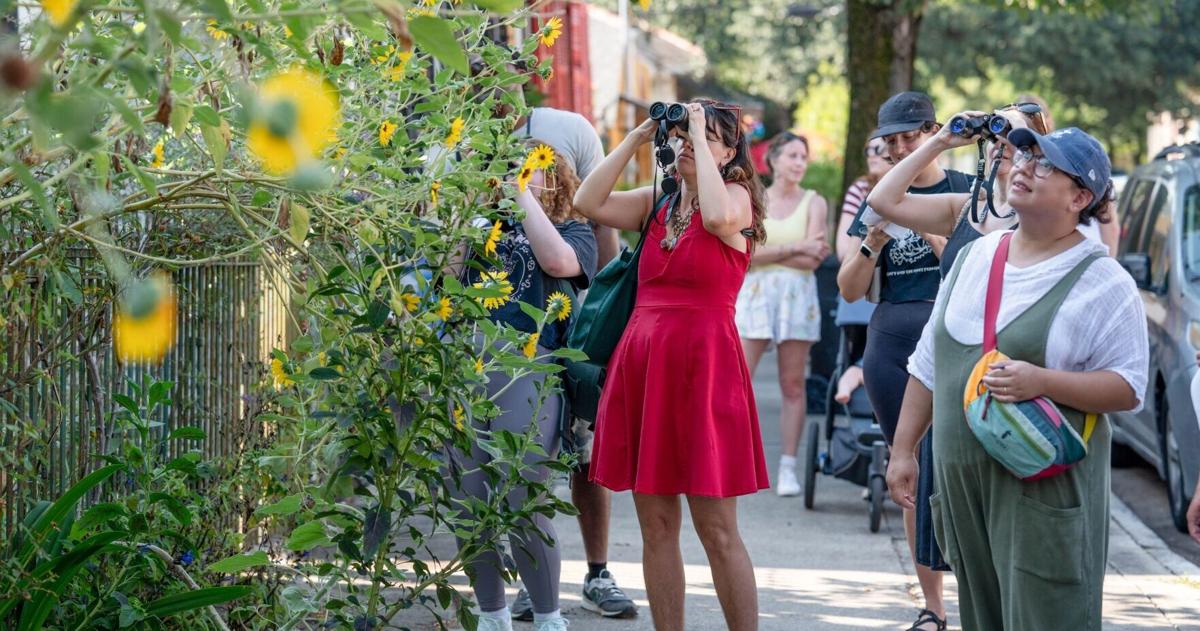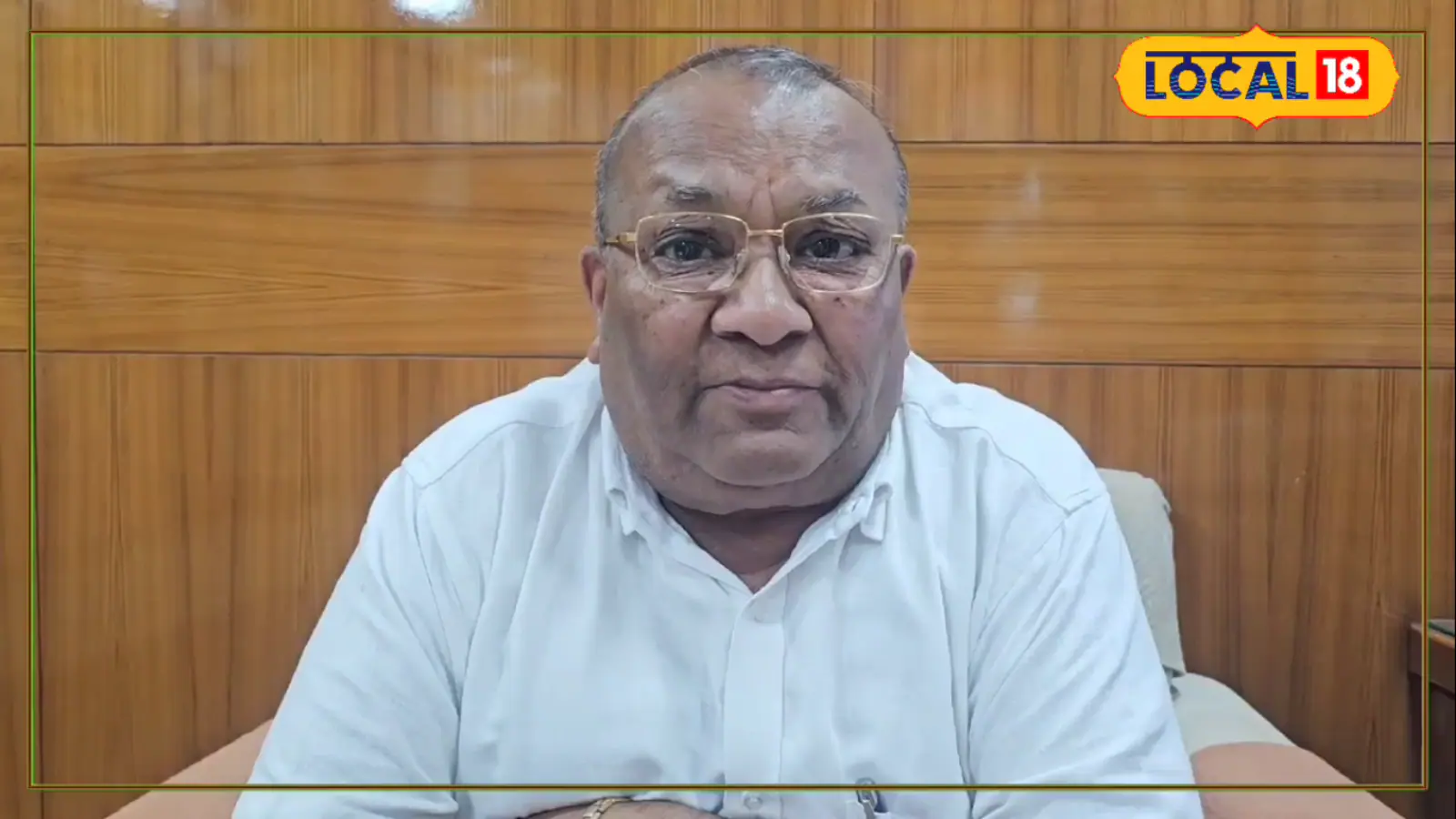Copyright Baton Rouge Advocate

Long before Bob Thomas founded the Louisiana Master Naturalist Association, he grew up in central Louisiana, wandering the woods and waterways for snakes, frogs and bugs. "It was a wonderful place for me," Thomas said, "because I was in the field all the time. Snakes were dripping out of the trees and fish were jumping out of the water." His love for nature, fostered by a Louisiana wilderness childhood, led him to jungle after jungle studying snakes and their adaptations — Thomas became a snake expert, an environmental biology professor, the founding director of the Louisiana Nature Center and the director of the Center for Environmental Communication at Loyola University. He wanted to share this knowledge and passion with people beyond academia. After several years of trying, he finally established the first Louisiana Master Naturalist Association chapter. Now, the 13-year-old program's popularity is surging. The Greater New Orleans chapter has a waitlist of over a year. Currently, seven chapters serve the state: Alexandria, Baton Rouge, Lafayette, Lake Charles, Monroe, New Orleans and Shreveport. The 501(c)(3) nonprofit group offers a statewide program to educate Louisiana residents about the state's flora and fauna, as well as other aspects of their environment and ecosystems. Once certified, the master naturalists use their knowledge to educate others or assist programs that promote and protect Louisiana's natural heritage. Courses are offered twice a year, in the spring and the fall. Origins of Louisiana Master Naturalist Association Master Naturalist Associations exist in 48 states, often state-funded. Louisiana does not have state funding. Thomas explained that he tried to establish an association with the LSU Ag Center at one point, but funding fell through. After multiple failed attempts at starting a statewide association, Thomas says he believed the only way to move forward was to start a local organization in New Orleans. He called naturalist friends there, and they set up the nonprofit, starting pilot classes in 2012. The first public classes were held in the spring of 2013. While each chapter in Louisiana is different, they all have workshops, learning opportunities and serve their communities. Every chapter presents a broad overview of the state's natural history, but chapter activities vary based on geography. Louisiana is nicknamed the Sportsman’s Paradise for its abundant wildlife that many residents enjoy hunting and fishing in. Thomas values the sportsmen and sportswomen of the state for their traditional ecological knowledge. He says many have been through the program and have become certified naturalists. Other participants do not have nearly as much experience, but they are curious about their surroundings. Everyone is welcome. "We tell them at orientation that it's a community of people who have similar interests," Thomas said. "You might love insects, and you might love birds, or you might be into general nature. You might love refuges. It doesn't matter. If you're interested in nature, you fit the profile of people in these classes." Becoming a Louisiana Master Naturalist Each chapter has different, but comparable, requirements to receive and maintain certification. To receive certification, aspiring naturalists must complete a course (40-60 hours of workshop time), volunteer time to benefit the environment and community, as well as pay modest dues. Thomas says learning happens indoor and outdoor, but they don't spend a lot of time inside. Field trips and workshops are often outside in nature. Helen Sierminski of New Orleans leads urban nature walks through the city. Her partner told her about becoming a master naturalist. He had completed the program a few years earlier. She was wait-listed for a year, but was able to start the classes when someone backed out in the fall of 2024. "The challenging part about it is that we get a lot of information all at once. We have classes twice a month, and it's an all-day class learning all the things. We don't learn one thing at a time," Sierminski said. Visiting specific sites for field study is also a major component of the program. When Sierminski and her class visited sites during the program, she noted that different experts discussed multiple aspects of that environment, like lizards and birds in the area and what made the soil unique. "We meet a lot of interesting people. We have regular membership meetings and gatherings in parks for mini workshops," Thomas said. "There's a lot more to it than just having workshops and learning about nature, it's a big social occasion." To learn more about joining a Louisiana Master Naturalist Association, visit www.louisianamasternaturalist.org/chapters.html. To view the association's presentations, visit https://tinyurl.com/yfp9aywz.



